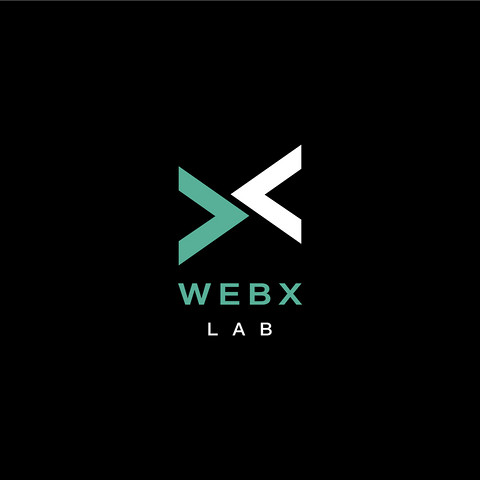Editors Note: This article comes fromWebX Labs Daily (ID: gh_3bc595acebaf), reprinted by Odaily with authorization.
WebX Labs Daily (ID: gh_3bc595acebaf)
, reprinted by Odaily with authorization. The huge progress of Polkadot and ETH2.0 in the second half of this year set off a new round of public chain upsurge, and against the background of the ebb of DeFi, these two public chain IPs have become an important support point to maintain the industrys popularity. The public chain is still an important abstraction of the ideal of decentralization ETH2.0 ushered in the launch of the main network of the beacon chain, and finally took the first step in solving the proposition of expansion. Polkadot has been engaged in cross-chain from the moment it was born, and the Web3.0 network architecture led by Jiawen development has been further upgraded and iterated, and a parachain network foundation that can be expanded horizontally has been built. With the gradual landing of the two popular public chains, it directly brings a lot of opportunities for different components such as protocols, tools, and communities in its own ecology. The construction of applications such as underlying protocols, wallets, and DEXs are in full swing. Most importantly, the popularity of Polkadot and ETH2.0 is creating a middle ground, which is relatively vacuum in terms of competition. secondary title Who is entering the middle ground of the two public chain IPs? Where is this middle ground opportunity? When facing Polkadot and ETH2.0, investors and developers are often faced with a choice, whether it is Polkadot or Ethereum? How to bridge this gap will inevitably bring some new opportunities. This kind of opportunity will first occur in the financial field, and the key is the out-of-circle and cross-chain of assets. The exchange needs in the real world also exist in the blockchain world, and the bridge in our industry is the bridge that plays the role of bank here. Through them, the assets of Ethereum can be exchanged in It exists reasonably in Polkadots ecology, and the simultaneous introduction of assets or related resources not only further expands the scope of the circle of assets, but also further realizes the fission of different assets through cross-circle circulation. At present, such transfer bridges are mainly developed based on Polkadot, and Zenlink, ChainX, Bifrost, Acala, Darwinia, and Snowfork are all solving such things. Such products can be effectively extended to other chains, and the application space is quickly opened. Users can use the mature smart contracts on Ethereum, one-click cross-chain operation, and rely on the interoperability of smart contracts to reduce the cost of multi-chain development. At the same time, realize Multi-chain user sharing, data interconnection. At present, the Polkadot ecosystem has announced that the parallel chains compatible with Ethereum software include Plasm, Moobeam, and ParaState, and they each use EVM, OVM, and Ewasm to realize their plans to be compatible with Ethereum software. Either provide a general-purpose Ethereum simulator for the Polkadot ecosystem, or do it at the Rollup layer of ETH2.0 to achieve compatibility with Ethereum Layer 2 smart contracts. ParaState, on the other hand, directly follows Polkadots technical route and redevelops a WebAssembly virtual machine that complies with the eWasm specification. In short, according to the mainstream classification of the industry, it is mainly divided into asset cross-chain and software application cross-chain. It is true that the overall development of the project is still in its infancy at this stage, and it will take a long time to develop and accumulate. However, if the industry is mature enough, There will be a large number of opportunities that we cannot foresee, such as cross-chain credit, cross-chain identity, cross-chain games and other special products for different sectors, etc.WebX Labs Daily (ID: gh_3bc595acebaf)
Public chains have always been built on extremely large narratives. These grand dreams have been repeatedly mentioned in the few years when blockchain technology has just become popular. Especially around 2018, you will find that most public chain project teams will launch Internet of Value and Completely Decentralized Open Source Network are full of aspirational slogans, but there is an obvious mismatch between dreams and reality. Judging from the results of the screening at this stage, the industrys attention is undoubtedly more The actual Polkadot and ETH2.0.
Solving the problem of asset cross-chain is the most basic step. After the flow is sufficient, more upper-layer application interoperability is needed to realize cross-chain interconnection between business and information. This is mainly due to the current application, ecology, and developers. The construction of Ethereum is relatively leading. Public chains such as Polkadot need such energy supplies to achieve more convenient inter-chain interoperability, which also gave birth to The other section - the cross-chain of software applications, which is more inclined to the wildness between software, is not limited to assets, and can realize the adapter of interlocking application development.










